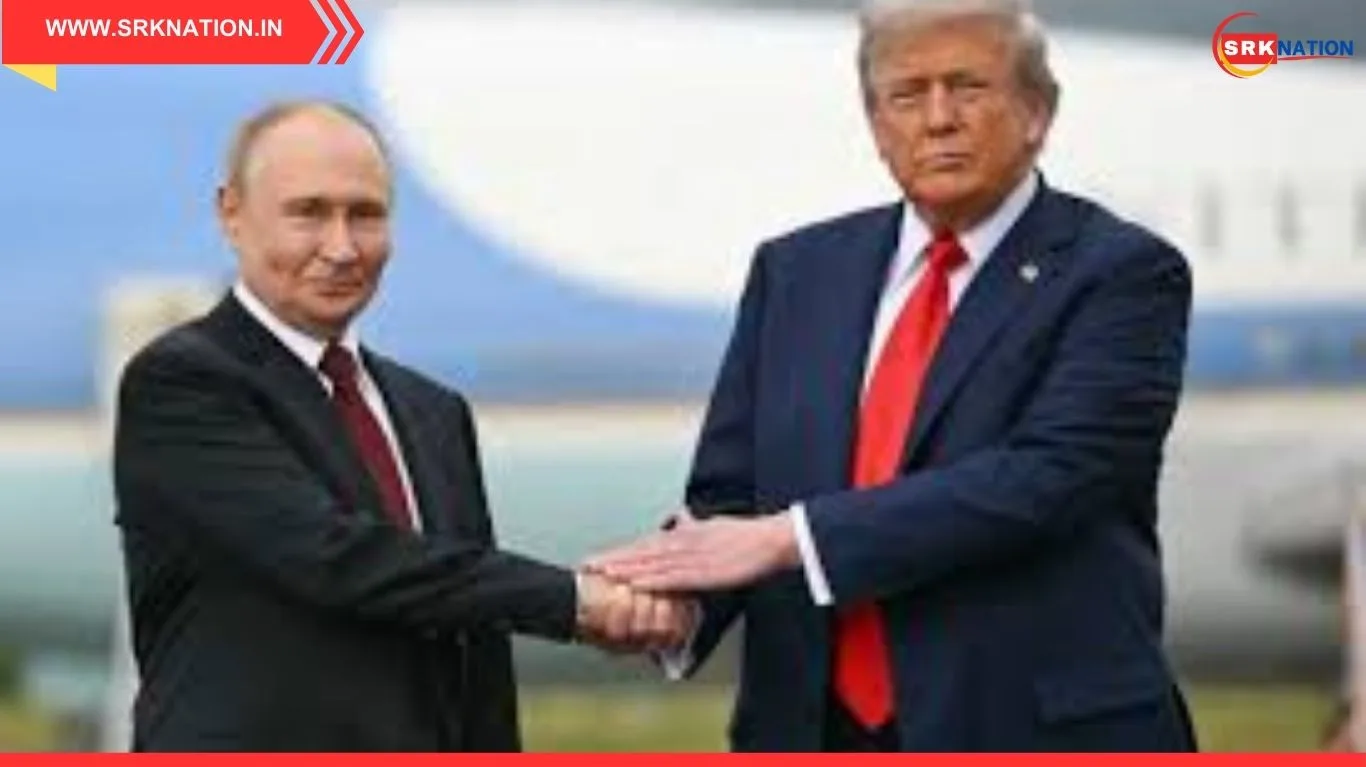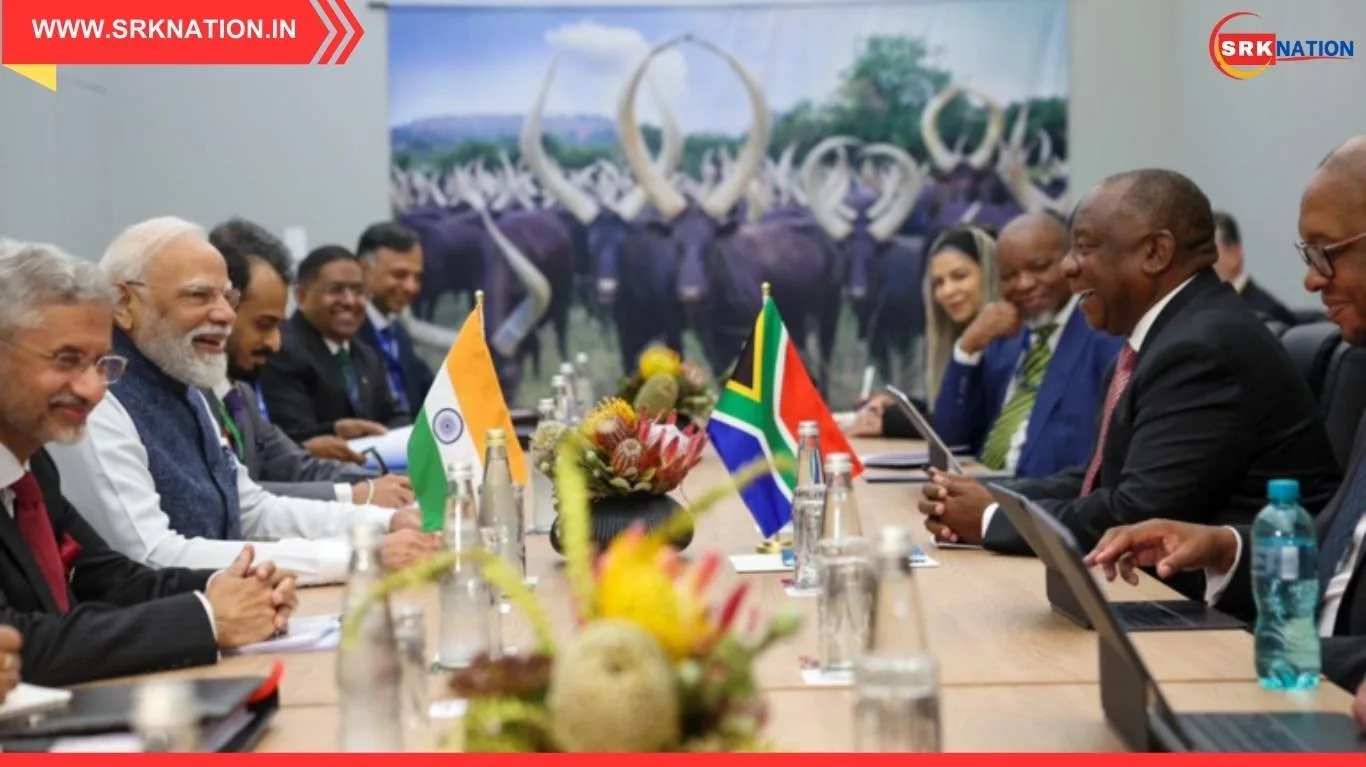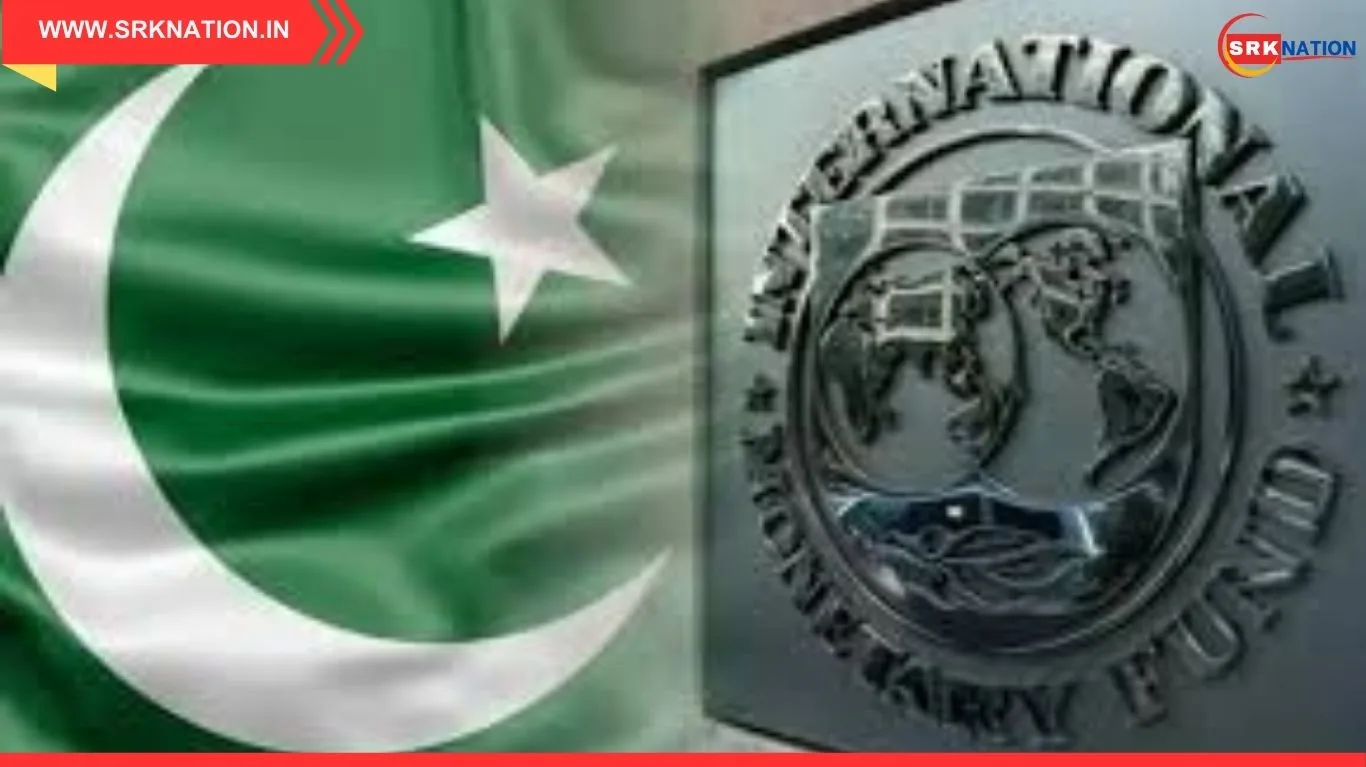Pakistan Army Chief General Asim Munir’s recent visit to Sri Lanka has sparked strategic ripples across South Asia, fuelling concerns in Indian security circles about a possible multi-front recalibration involving Pakistan, China, Bangladesh, and Turkey. The developments, coupled with regional military engagements and diplomatic activities, indicate a potential emergence of new alignments aimed at recalibrating the regional security architecture around India’s eastern front.
Context of Asim Munir’s Sri Lanka Visit
General Asim Munir visited Sri Lanka to strengthen defence ties, review bilateral military cooperation, and engage with top political and defence leadership. The visit included meetings with President Ranil Wickremesinghe, Prime Minister Dinesh Gunawardena, Defence Secretary General Kamal Gunaratne, and Army Commander Lt. Gen. Vikum Liyanage. He was conferred with Sri Lanka’s highest military honour for foreign dignitaries, signalling Colombo’s intent to deepen strategic relations with Pakistan amid shifting geopolitical realities.
Why is this visit geopolitically significant?
Sri Lanka, recovering from economic crisis and seeking diversified military support, has historically depended on India and China for its critical requirements. Pakistan’s renewed outreach, underpinned by its traditional support during Sri Lanka’s Eelam war, carries symbolic weight. However, it also raises questions about an emerging matrix involving China, Pakistan, Bangladesh, and Turkey, each of which is recalibrating ties in South Asia, with potential implications for Indian security calculations.
Emerging Multi-Front Dynamics Involving Four Key Countries
| Country | Recent Activities Related to Sri Lanka and Eastern Front |
|---|---|
| Pakistan | General Asim Munir’s visit, training offers for Lankan military officers, and enhanced intelligence cooperation |
| China | Massive infrastructure investments in Hambantota and Colombo Port City; PLA Navy port calls; potential dual-use strategic leverage |
| Bangladesh | Growing defence ties with Turkey and China; Dhaka’s focus on naval modernisation in Bay of Bengal; Sheikh Hasina’s calibrated outreach to Beijing |
| Turkey | Expanding drone and defence exports to Bangladesh and Sri Lanka; Ankara’s public solidarity with Pakistan’s Kashmir stance |
Is an anti-India axis forming on the eastern front?
Security experts argue that while no formal alliance exists, there is visible convergence on specific objectives:
- Pakistan and China’s Strategic Alignment: Their ‘iron brotherhood’ has extended from CPEC to wider Indo-Pacific posturing. Pakistan’s outreach to Sri Lanka potentially complements China’s investments and naval presence, creating pressure points for India.
- Turkey’s Defence Expansion: Turkey’s drone diplomacy in Bangladesh and Sri Lanka opens indirect channels for Pakistan, with whom Ankara maintains close defence ties, to project influence without direct military deployment.
- Bangladesh’s Balancing Act: While maintaining excellent relations with India, Bangladesh is simultaneously deepening ties with Turkey and China to diversify its defence suppliers and strategic options, making India cautious about an incremental drift.
Implications for India’s Eastern Security Calculus
India’s eastern front, largely dominated by maritime considerations in the Bay of Bengal and land borders with Bangladesh and Myanmar, is crucial for its Act East policy and Indo-Pacific outreach. The emerging alignment could manifest in:
- Enhanced Chinese Naval Presence: Facilitated by Pakistani and Turkish defence diplomacy in Sri Lanka and Bangladesh.
- Intelligence Cooperation Against India: Pakistan’s ISI could leverage deeper Sri Lanka ties for monitoring Indian naval and air assets in Southern Command areas.
- Turkish Drone Transfers: Strategic technology transfers to Bangladesh or Sri Lanka could alter local tactical balances, with spillover implications on eastern maritime surveillance.
- Increased Joint Exercises: Possibility of trilateral or quadrilateral military engagements that do not include India, signalling exclusionary regional groupings.
Recent Key Developments Enhancing These Concerns
| Date | Development |
|---|---|
| July 2025 | Asim Munir conferred with Sri Lanka’s highest military honour; offers training slots in Pakistan military academies |
| June 2025 | Turkey finalises new drone export contracts with Bangladesh worth approximately USD 150 million |
| May 2025 | PLA Navy’s ‘Type 903’ replenishment ship docks at Hambantota under logistics agreement |
| April 2025 | Bangladesh Navy commissions two new frigates co-designed with Chinese naval consultants |
| March 2025 | Pakistan Navy hosts Sri Lankan officers during Aman Naval Exercises in Karachi |
Are These Developments Aimed Directly at India?
While none of the countries have overtly declared anti-India intentions, Indian analysts note that the pattern of engagements systematically enhances their combined strategic footprint around India’s eastern and southern maritime flanks. From Pakistan’s army diplomacy to China’s port influence, Turkey’s drone sales, and Bangladesh’s defence diversification, the convergences cumulatively expand their leverage.
India’s Likely Counter-Measures
India is expected to undertake the following responses:
- Deepen Maritime Security Cooperation: Accelerate trilateral initiatives with Sri Lanka and Maldives to counterbalance Chinese and Pakistani inroads.
- Boost Defence Diplomacy with Bangladesh: Fast-track pending projects like Tejas fighter jets and HAL helicopters offers to retain Dhaka’s strategic alignment.
- Enhance Andaman-Nicobar Command Assets: Operationalise additional naval and air surveillance assets to maintain dominance in eastern Indian Ocean.
- Engage Turkey Through Alternate Channels: Leverage trade diplomacy to neutralise Turkish military posturing in South Asia.
Conclusion
General Asim Munir’s Sri Lanka visit is a microcosm of wider strategic re-alignments unfolding in South Asia. While a formal anti-India axis involving Pakistan, China, Bangladesh, and Turkey is unlikely in the near term, their synchronised engagements are creating fresh challenges for India’s security and diplomatic establishment. The evolving dynamics demand calibrated vigilance, deeper regional engagement, and agile strategic foresight by India to secure its eastern front amid shifting alliances.
Disclaimer: This news analysis is based on publicly available information, strategic assessments, and open-source defence developments. The article does not intend to attribute official positions to any nation or stakeholder and is solely for informational and analytical purposes.











